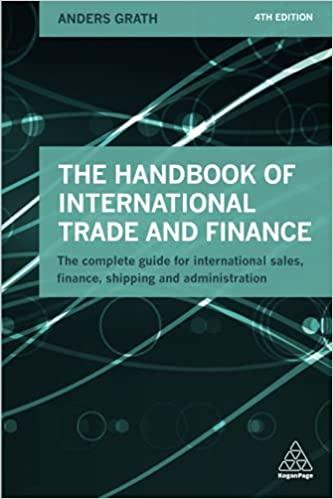Question
Which of the following statements is CORRECT? a. When firms are deciding on the size of stock splits--say whether to declare a 2-for-1 split or
Which of the following statements is CORRECT?
a. When firms are deciding on the size of stock splits--say whether to declare a 2-for-1 split or a 3-for-1 split, it is best to declare the smaller one, in this case the 2-for-1 split, because then the after-split price will be higher than if the 3-for-1 split had been used.
b. If a firm's stock price is quite high relative to most stocks--say $500 per share--then it can declare a stock split of say 20-for-1 so as to bring the price down to something close to $25. Moreover, if the price is relatively low--say $2 per share--then it can declare a "reverse split" of say 1-for-10 so as to bring the price up to somewhere around $20 per share.
c. When a company declares a stock split, the price of the stock typically declines--for example, by about 50% after a 2-for-1 split--and this necessarily reduces the total market value of the firm's equity.
d. Stock splits create more administrative problems for investors than stock dividends, especially determining the tax basis of their shares when they decide to sell them, so today stock dividends are used far more often than stock splits.
e. Back before the SEC was created in the 1930s, companies would declare reverse splits in order to boost their stock prices. However, this was determined to be a deceptive practice, and reverse splits are illegal today.
Step by Step Solution
There are 3 Steps involved in it
Step: 1

Get Instant Access to Expert-Tailored Solutions
See step-by-step solutions with expert insights and AI powered tools for academic success
Step: 2

Step: 3

Ace Your Homework with AI
Get the answers you need in no time with our AI-driven, step-by-step assistance
Get Started


